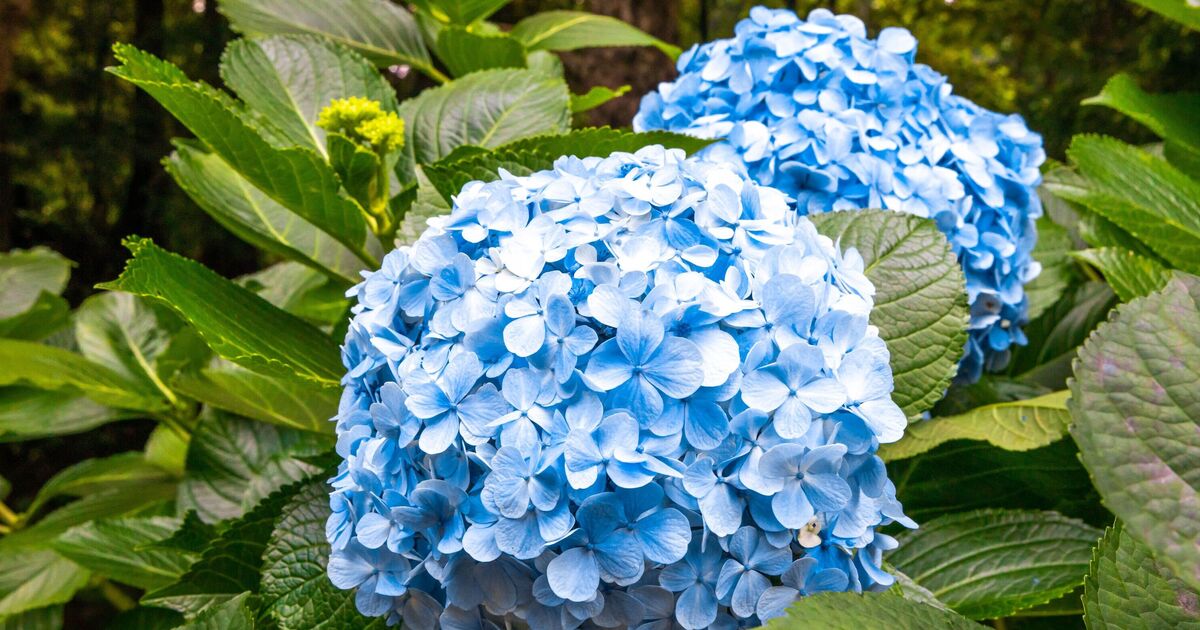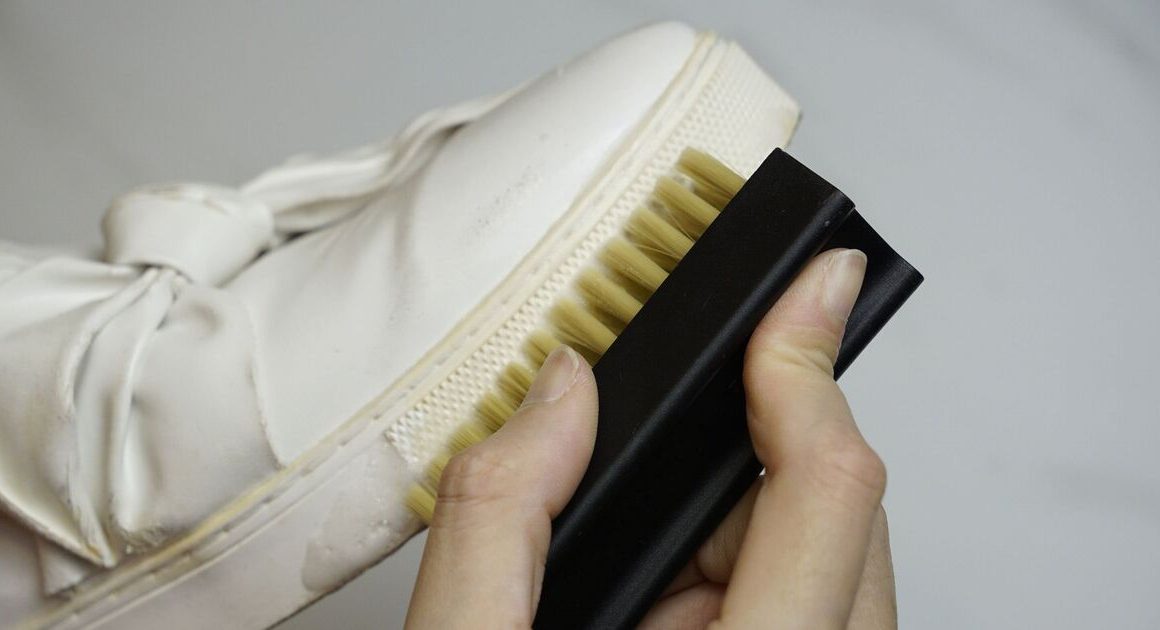Hydrangeas are a top pick for British gardens, thriving even in the chill of winter, but gardeners take note there’s a simple trick to ensure a bountiful bloom come spring.
Though spring might feel like a long time away, with temperatures on the decline, now’s the ideal moment to start prepping your garden for a spectacular display of voluminous hydrangea flowers next year.
A green-fingered guru from Millcreek Gardens has claimed that deadheading your hydrangeas as they begin to wilt and brown is key to boosting future blooms.
The gardening pro explained: “When you deadhead hydrangeas, you aren’t harming the plants at all. Removing the spent blooms triggers flowering shrubs to stop producing seeds and instead put their energy toward root and foliage development.”
They added: “This makes plants stronger, bigger and healthier, so by deadheading, you’ll be doing your hydrangeas a favour.”
For optimal results, continue to deadhead your hydrangeas throughout their growth period and into the early autumn, but make sure to stop before the first frost sets in.
Autumnal deadheading not only neatens up the plant but also helps it save energy. However, it’s crucial to halt this process well before frosty weather arrives to avoid stressing the plant.
The gardening pro advised: “Stop deadheading hydrangea shrubs in late [autumn], leaving any spent blooms in place. This not only provides winter interest but also ensures you don’t remove the buds that will become flowers next spring.”
As the chill sets in, keen gardeners should be on the lookout for the year’s first frost to time their hydrangea care just right, ceasing deadheading activities around a month prior.
Pushing past the frost date with pruning shears in hand might open up fresh growth to frosty nights, putting the kibosh on next season’s blooming potential.
The expert claimed: “Deadheading is an easy gardening task, one many people enjoy. All you need to deadhead hydrangeas is a pair of garden gloves, pruners and a container to hold the faded flowers.”
Tool prep comes first, urging pruner sanitation with an alcohol-soaked rag to fend off fungal foes and keep your cuts clean and clear.
Zero in on blooms that have lost their zest, showing signs of wilting and brown hues, then snip them just above a duo of sprightly leaves to boost future growth. Keep a disinfectant-drenched cloth handy to regularly clean the shears.
To deadhead your hydrangeas, simply take each spent bloom and follow its stem down to the next set of large leaves that’s where you make the cut.
Ensure to tidy up any fallen leaves from the ground as they can lure pests and also discharge excessive nitrogen into the soil, which can over-nourish plants.
Deadheading should take less than 10 minutes, but snipping off wilting growth will aid in achieving larger, healthier and more plentiful blooms next spring.











